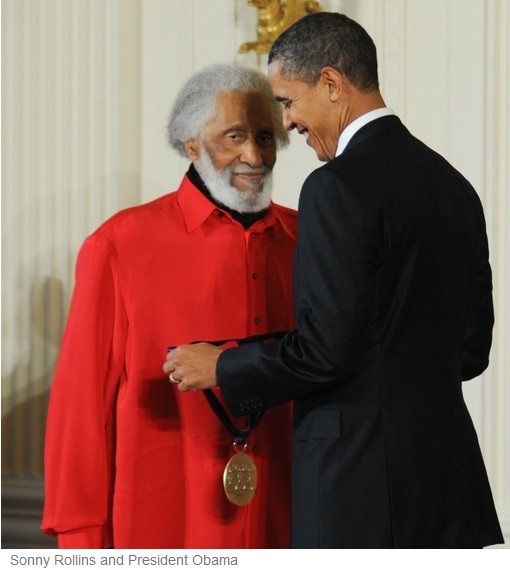As I’ve said before, I’m not at all a creative person but I’ve always admired those people who are creative. However, Jonah Lehrer suggests that perhaps I’m just lazy:
“Creativity shouldn’t be seen as something otherworldly. It shouldn’t be thought of as a process reserved for artists and inventors and other ‘creative types.’ The human mind, after all, has the creative impulse built into its operating system, hard-wired into its most essential programming code,” writes Jonah Lehrer in his new book Imagine.
In his book, Lehrer examines the inner workings of what we call imagination. He looks at the neuroscience behind sudden insights, how the brain solves different kinds of problems and which personal traits help foster creativity. He also shares how external forces factor into the creative process, how to design a workspace to enhance your chances of having an epiphany, why creativity tends to bubble up in certain places and how we can encourage our collective imaginations.
Above all, though, the message of Lehrer’s book is that creativity is not a super power. Anyone can be creative — it just takes hard work. “We should aspire to excessive genius,” says Lehrer, who took some time from his book tour to sit down with Mashable and answer a few questions about the mysteries of how we imagine.
[. . .]
Yo-Yo Ma says his ideal state of creativity is “controlled craziness.” How can we learn to harness that?
What Yo-Yo Ma is referring to is the kind of creativity that occurs when we let ourselves go, allowing the mind to invent without worrying about what it’s inventing. Such creative freedom has inspired some of the most famous works of modern culture, from John Coltrane’s saxophone solos to Jackson Pollock’s drip paintings. It’s Miles Davis playing his trumpet in Kind of Blue — most of the album was recorded on the very first take — and Lenny Bruce inventing jokes at Carnegie Hall. It’s also the kind of creativity that little kids constantly rely on, largely because they have no choice. Because parts of the brain associated with impulse control remain underdeveloped, they are unable to censor their imagination, to hold back their expression. This helps explain the truth in that great Picasso quote: “Every child is an artist. The problem is how to remain an artist once we grow up.”




